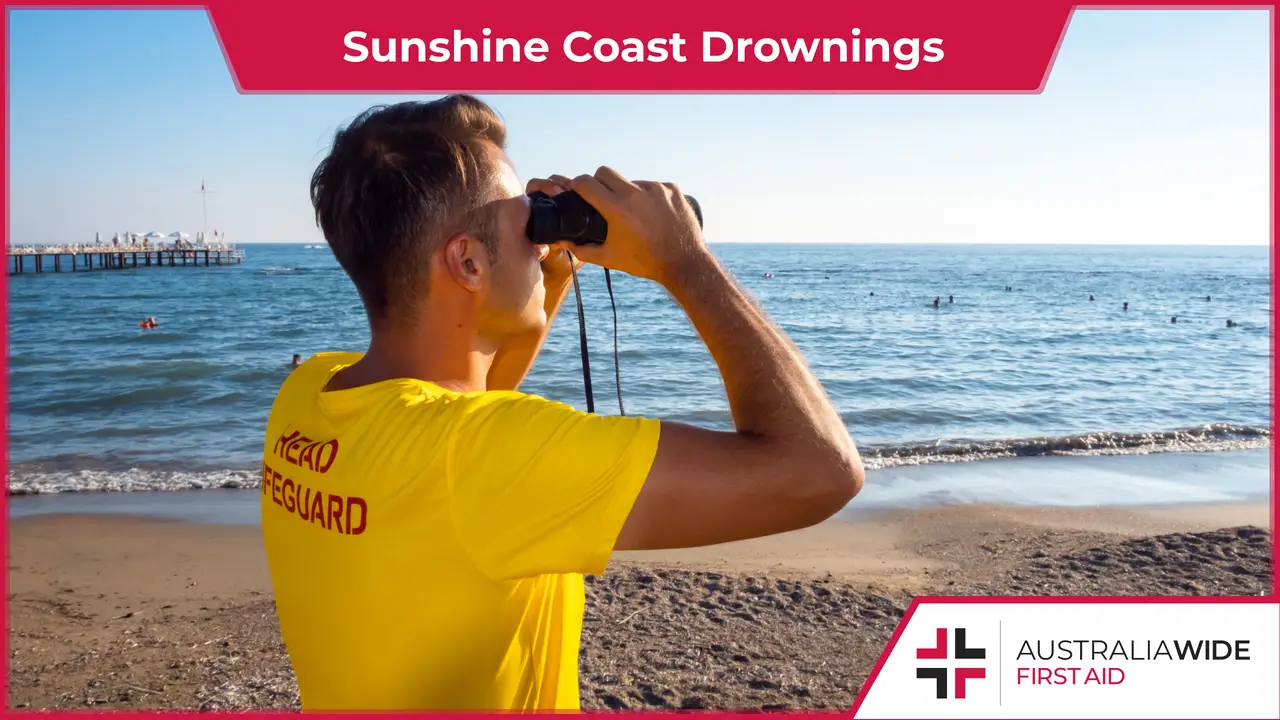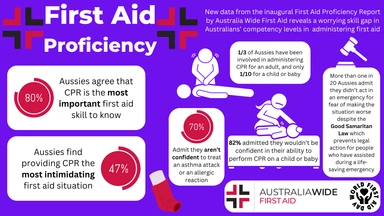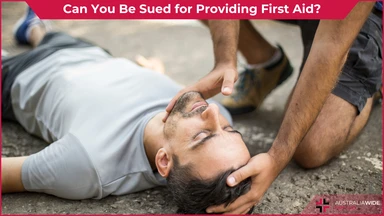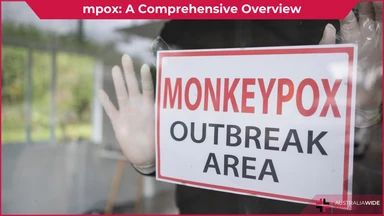Drownings on the Sunshine Coast


The Australian summer of 2022 and 2023 has seen an unprecedented amount of drownings along the Sunshine Coast in Queensland.
The loss of Abin Philip at Gardners Falls in November 2022 by drowning, followed by another three lives lost at Caloundra, Cooloola Coast and Coolum Beach in January 2023 have marked a summer of tragedy.
Queensland emergency services attended up to 20 callouts for near drownings and water injuries in the first five days of 2023 alone as life savers warned against rips and large swells.
Drownings are silent, rapid and easily overlooked. Keeping a watchful eye on friends and family in changing water conditions such as rivers, beaches or oceans is paramount to reducing the likelihood of drowning.
Learn how to recognise and respond to drownings by enrolling in one of our first aid courses today:
We have training locations on the Sunshine Coast and in every state, capital city, and major town throughout Australia. Head to our website to find a first aid course near you today.
Drowning is when water enters the lungs and blocks the airway, usually when someone is submerged in water. Oxygen is unable to enter the body and circulate, leaving the person unconscious. If someone is not pulled from the water as quickly as possible, a drowning can end in fatality.
Drowning can occur when someone is trying to hold their breath and accidentally gasps under water, or accidentally swallows too much water while trying to swim to safety.
Drowning is a common cause of accidental death and can happen within 20 seconds.
Unlike the movies, where drowning victims flail about calling for help, the person is usually too absorbed in their own survival - instinct takes over and their body focuses on keeping them above the water’s surface for as long as possible. This phenomenon is called the Instinctive Drowning Response.
When swimming in natural bodies of water, such as lakes, rivers, or the ocean, the water may have an invisible current moving a swimmer out to sea or exerting downward pressure. It is important to keep this in mind whenever trying to attempt a rescue.
Drowning is a silent killer, if someone is drowning, they’ll tend to try to breathe, rather than call out. Signs of drowning usually start with a struggle in the water and can include:
Ensure you obey all safety instructions from authorities, lifesavers on the beach, to safety signs by creeks, rock pools or lakes. Lifesavers recommend signaling by holding up one arm for help and waving, floating and then waiting for assistance.
This summer has seen an unprecedented number of tragic drownings along the Sunshine Coast in Queensland.
Drownings can happen to anyone and it is important to keep a watchful eye on friends and family when near bodies of water.
Learn how to recognise and respond to drownings by enrolling in one of our first aid courses today:
We have training locations on the Sunshine Coast and in every state, capital city, and major town throughout Australia. Head to our website to find a first aid course near you today.

September 16, 2024
New data reveals nearly half of Aussies lack the CPR knowledge to save a life. In fact, new data from Australia Wide First Aid’s inaugural, First Aid Proficiency Report, reveals only a third of Aussies have ever assisted in providing CPR.

August 23, 2024
The idea of helping someone in an emergency situation often raises concerns about potential legal repercussions. While the desire to assist is strong, many Australians wonder if they could be sued for rendering first aid. This article explores the legal landscape in Australia regarding the liability of individuals who provide first aid assistance.

August 16, 2024
Monkeypox is a rare viral disease that has garnered significant attention due to its similarities with smallpox. Although less severe, monkeypox is a public health concern, particularly in regions where it is endemic.